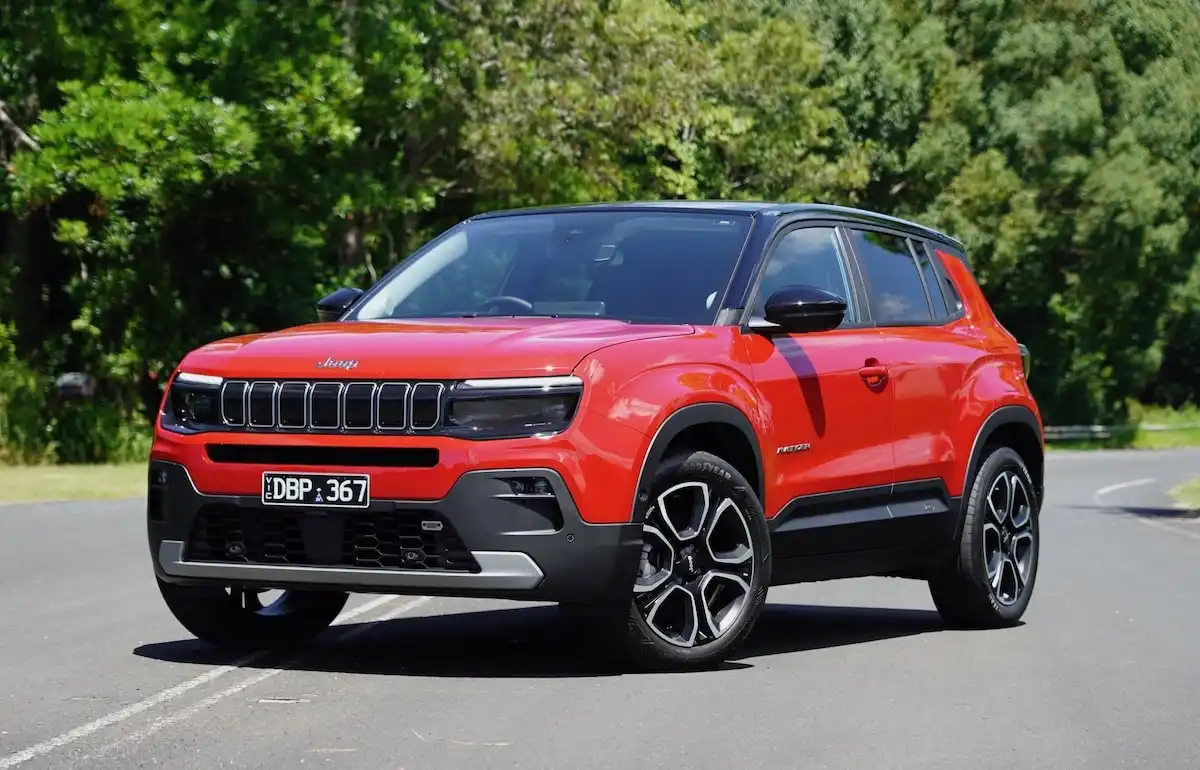It’s easy to forget just how important car tyres are for the performance and safety of a passenger car on the road, and even easier to let them slip into a state of disrepair, which also hurts the fuel efficiency of your vehicle.
Making things worse, if you don’t know what you’re looking for when monitoring the health of your tyres, it can be difficult to identify signs of premature tyre wear.
To help you out and keep you safe on the road, let’s take a closer look at how tyre treads work, how to check your tyres and answer the age-old question of just how long your car tyres will last.
How Tyre Tread Works
Tyre tread, otherwise known as a tread pattern is the outer layer of rubber on your tyre that is in direct contact with the road.
Individual parts of tyre tread patterns include the tread area itself, the shoulders, grooves, sipes, tread blocks and tyre ribs.
As a tyre ages and degrades, the amount of rubber lining the outside of the tyre reduces.
Tyres with little to no tread left on their outside walls offer significantly less traction on the road and are a common cause of vehicle accidents here in Australia.
Get in touch with one of our Car Buying Specialists today.
Request a quoteThere is a wide arrangement of these tread patterns from major tyre manufacturers that have been designed for different types of motoring, but the primary focus of tyre treads on new passenger vehicles are:
-
On-road Traction
-
Water Dispersion
-
Handling & Stability
-
Extreme Temperature Resistance (Summer & Winter)
-
Rolling Resistance
-
Wear Resistance
-
Noise Reduction
-
Off-Road Traction
For example, certain tyre treads offer a range of benefits for special applications, like fuel efficiency, extreme cold weather conditions, off-road performance or a hybrid mix that tries to tick numerous boxes for added versatility.
What are the Different Types of Tread?
Now that we’ve understood how tyre tread works and why manufacturers aim for certain specialist applications, we can list some of the different types of tyre tread available for your vehicle.
The three main types of tyre treads on offer at your local dealership or service centre include symmetrical, asymmetrical and directional (unidirectional) tyre treads which each offer a range of benefits and holdbacks.
-
Symmetrical: the most common type of road-going tyres feature a symmetrical tread pattern that helps to maintain traction while reducing rolling resistance and offering decent water dispersion.
Advantages of symmetrical car tyres include their affordability, on-road stability and fuel efficiency from their low rolling resistance.
Disadvantages of symmetrical car tyres include their vulnerability to extreme temperature variations and their potential for uneven tyre wear.
-
Asymmetrical: a less common form of tyre tread pattern but one much-loved by motoring enthusiasts is the asymmetrical tread pattern, which offers greater handling in both dry and wet conditions.
Advantages of asymmetrical tyre tread patterns include their superior handling, stability in wet conditions while aquaplaning thanks to super effective water dispersion and their quieter acoustics.
Disadvantages of the asymmetrical tyre pattern include the fact they are prone to wear faster, they’re more expensive and typically suit performance motoring applications rather than everyday driving.
-
Directional & Unidirectional: a premium tyre tread pattern that features a central pattern, typically a V-shaped line through the central part of the tread that helps to reduce rolling resistance and improve wet-weather handling.
The advantages of directional (unidirectional) tyre treads include their superior wet-weather performance and optimised fuel efficiency, as well as their high-speed stability and excellent traction.
Disadvantages of directional tyre treads include their high pricing as a premium tyre, shorter tread life in certain conditions and limitations when it comes to rotating the tyres.
What Affects Tyre Wear?
There are a huge number of things that can impact your tyre wear here in Australia - some well within your control and some more at the mercy of Mother Nature.
Having said that, the quality of the tyres you’re purchasing will have the most prominent impact on the speed and severity of your tyre wear; after all, you get what you pay for.
-
Quality of Tyre Purchased
-
Tread Pattern
-
Road Conditions
-
Tyre Pressure (under and over-inflated)
-
Extreme Temperature Fluctuations
-
Wheel Misalignment
-
Lack of Wheel Rotation
-
Unbalanced Wheels
-
Harsh Driving (hard braking, cornering and acceleration)
-
Towing & Large Payloads
-
Wrong Type of Tyre for Ambient Temperature
-
UV Exposure
How Long Do Car Tyres Last?
Now that we’ve covered all the basics, let’s talk about the lifespan of your rubber and just how long you can expect your tyres to last.
On average, new car tyres produced these days offer around 40,000 kilometres of driving, though this figure changes depending on your local road surfaces, maintenance and driving style.
Of course, the biggest influencing factor on the lifespan of your tyres is the quality of the materials used, with prominent and trusted brands proving the best investment for longevity.
While it might be tempting, avoid going for the cheapest set of tyres for your vehicle.
Cheap tyres can prove to be quite the false economy over the lifespan of your vehicle, and while you might save some dollars on the initial purchase price, you may end up having to buy an extra set or two over a vehicle’s lifespan due to accelerated degradation from lesser-quality materials.
How to Check Your Tyres
The easiest way to check the health of your tyres is to visually inspect for any signs of damage to the tread or the side walls, as well as consistently check that your tyre pressures are within the manufacturer’s guidelines.
You must monitor the depth of the tyre’s tread, which offers less traction on the road as the rubber degrades.
You need at least 1.6mm of tread to be classified as road-worthy here in Australia, while 3mm is the minimum recommended tread level for safe traction levels in a mix of road conditions.
Tyres often feature special wear indicators that will become more visible as the tyre wears down; look closely at arrows on the sidewall of the tyre that might point you in the direction of these wear indicators.
If you don’t know how to find these indicators, simply place a 20-cent coin inside the centre grooves and make sure the tread depth exceeds that of the platypus’ bill which is around 3mm deep.
How to Avoid Premature Wear of Your Tyres
Here are some simple ways to avoid premature wear of your tyres, stay safe on the road and get the maximum lifespan out of a major purchase for your vehicle.
-
Stick to the manufacturer's recommended tyre pressures
-
Rotate the tyres frequently
-
Ensure the wheels are aligned & balanced
-
Adopt a smooth driving style
-
Drive regularly to avoid flat spots forming
-
Park in a shaded, undercover spot to avoid UV exposure
-
Avoid frequent use of tyre shine and cleaners
-
Reduce your heavy payload and towing frequency
-
Always stay under the tyre’s recommended weight limit
FAQ: How Often Should You Replace Tyres?
The frequency of your tyre changes depends on a variety of factors, meaning there’s no single answer to how often you should change them.
On average, you’ll have to change your tyres every 40,000km of driving, though this figure may be significantly lower depending on your driving style, road conditions and the quality of the tyre itself.
Ensure that you’re driving with at least 3mm of tread on your tyres to ensure you have a reasonable amount of grip in a range of weather conditions.
FAQ: Are Five-Year-Old Tyres Okay?
So long as the tyres haven’t driven a significant number of kilometres, driving on five-year-old tyres is perfectly fine, provided they are in good condition, retain a significant amount of rubber tread and don’t show any signs of bubbling, flat spots or UV damage to the sidewall.
Request a Quote
If you’re looking to upgrade to a new car, be sure to reach out to one of our car-buying experts who can help find you the best possible price on your dream car.
Get in touch with one of our Car Buying Specialists today.
Request a quote









